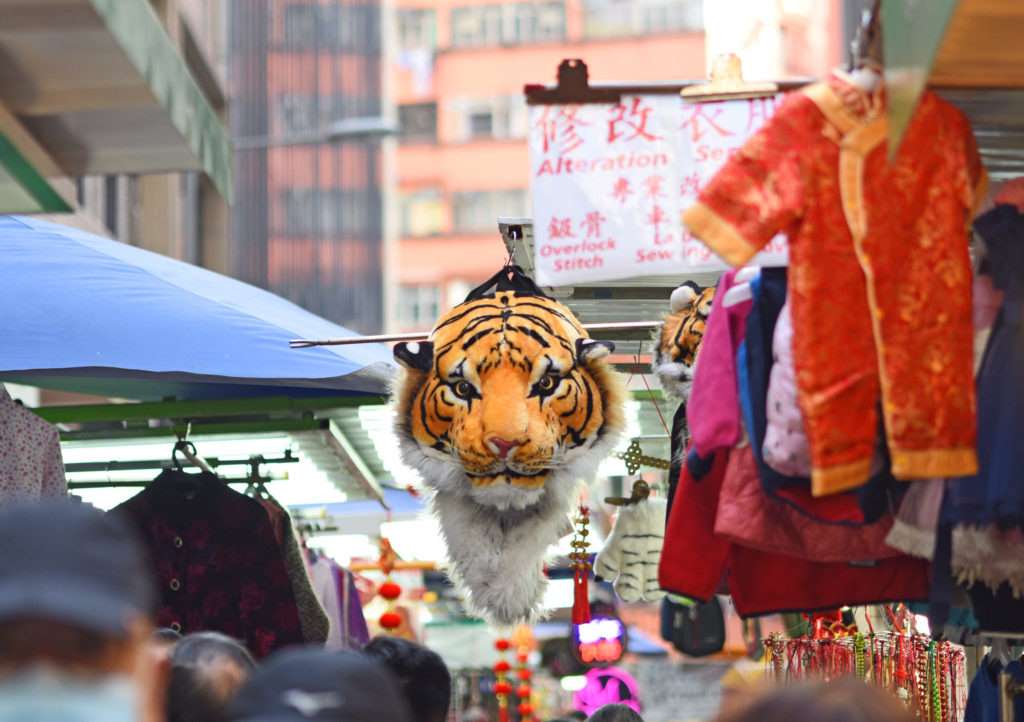"Apparel exports accounted for 16 per cent of Vietnam’s total outbound trade. This made the country the world’s third-largest exporter of garments, with clothing accounting for 70 per cent of the output of the overall textile sector. With booming exports the prospects of Vietnam’s domestic market is also promising. With a population of 90 million and a disproportionately large younger generation, recent increases in disposable-income levels have resulted in retail growth of about 20 per cent per annum. The country’s apparel and textiles sector employs more than 2.5 million people in about 6,000 companies, with the industry forecast to grow by up to 14 per cent a year, taking it to a total value of $50 billion by 2020."
 Apparel exports accounted for 16 per cent of Vietnam’s total outbound trade. This made the country the world’s third-largest exporter of garments, with clothing accounting for 70 per cent of the output of the overall textile sector. With booming exports the prospects of Vietnam’s domestic market is also promising. With a population of 90 million and a disproportionately large younger generation, recent increases in disposable-income levels have resulted in retail growth of about 20 per cent per annum. The country’s apparel and textiles sector employs more than 2.5 million people in about 6,000 companies, with the industry forecast to grow by up to 14 per cent a year, taking it to a total value of $50 billion by 2020.
Apparel exports accounted for 16 per cent of Vietnam’s total outbound trade. This made the country the world’s third-largest exporter of garments, with clothing accounting for 70 per cent of the output of the overall textile sector. With booming exports the prospects of Vietnam’s domestic market is also promising. With a population of 90 million and a disproportionately large younger generation, recent increases in disposable-income levels have resulted in retail growth of about 20 per cent per annum. The country’s apparel and textiles sector employs more than 2.5 million people in about 6,000 companies, with the industry forecast to grow by up to 14 per cent a year, taking it to a total value of $50 billion by 2020.
The recently held SaigonTex show, Vietnam's premier event for the textile industries, hosted about 1,000 exhibitors this season. Among those attending the show was Christoph Peters, General Director of German-based machinery manufacturing firm Illies Engineering. He said in terms of visitor numbers, it feels a bit quieter than 2017, but business is still good. There was a lot of over-optimistic hype about the market at last year’s show, largely based on the anticipated TPP (Trans-Pacific Partnership) trade deal. This year, people seem more focussed and more ready to do deals, rather than just waiting to engage in idle speculation.
For many exhibitors, Vietnam is now a major player in the Asian textiles market. Roy Chandra, Account Manager, Artrend, a manufacturer of specialist printing machines for garment factories, remarked Vietnam makes up between 30-40 per cent of their Asian market, with business particularly good at the moment. Big players in the garment industry are increasingly opting for Vietnam. In many respects, Vietnam is now where China was 10 years ago, although most of the growth is coming from private-sector initiatives. While the Vietnamese Government is not being particularly proactive in supporting the textile industry, critically, it is not getting in the way of private enterprise.
printing machines for garment factories, remarked Vietnam makes up between 30-40 per cent of their Asian market, with business particularly good at the moment. Big players in the garment industry are increasingly opting for Vietnam. In many respects, Vietnam is now where China was 10 years ago, although most of the growth is coming from private-sector initiatives. While the Vietnamese Government is not being particularly proactive in supporting the textile industry, critically, it is not getting in the way of private enterprise.
Foreign Investment
The first 11 months of 2017 saw foreign direct investment (FDI) in manufacturing sector soar 11.9 per cent, with the lion's share going to the apparel/textiles sector. In terms of FDI sources, much of the investment has actually come from within the Asian bloc, with Japan and South Korea taking point. One key investor is Union Industry, a Hyogo prefecture-based market leader in socks, stockings and pantyhose sector, as well as a manufacturer of clothing production equipment. Bullish about the opportunities, Giovanni Lamberti, international sales co-ordinator, Union Industry, said Vietnam is emerging as a leading producer of socks and there is a lucrative potential for a $50 billion market here. Tran Thi Tuyet Dung, software support representative, CSP, a manufacturer of garment-cutting machines operating out of both Ho Chi Minh City and Hanoi, said that the show has been great in terms of meeting contacts and providing leads.
Focus on TPP
For some exhibitors, the collapse of TPP deal may have dented attendance at the show, at the same time; they were convinced it had done little to stop Vietnam emerging as one of the world’s leading garment exporters. In fact, some welcomed the failure of the TPP, seeing it as likely to thin out the more marginal players in the sector, while leaving it clear for the more serious players to secure market share and consolidate. Peters said that the collapse of the TPP has reduced the number of hangers-on in the sector. If you are looking to get into the market now, you are going to find that that boat has well and truly sailed.












